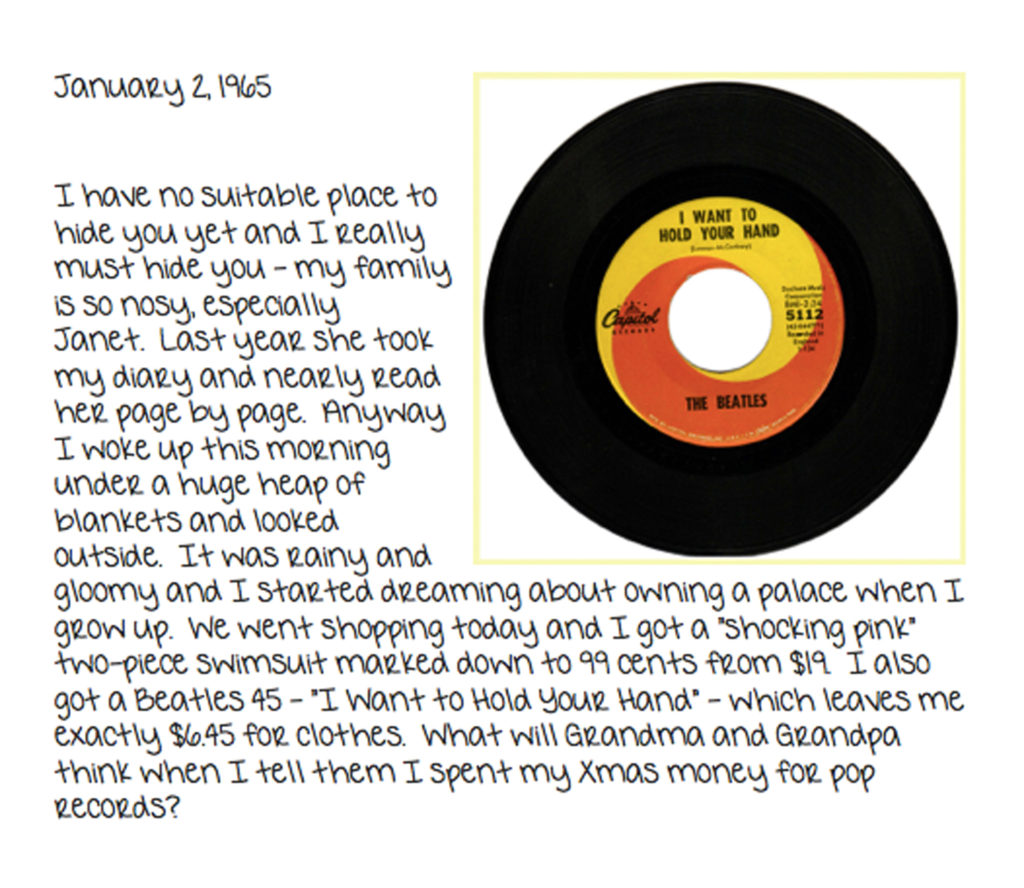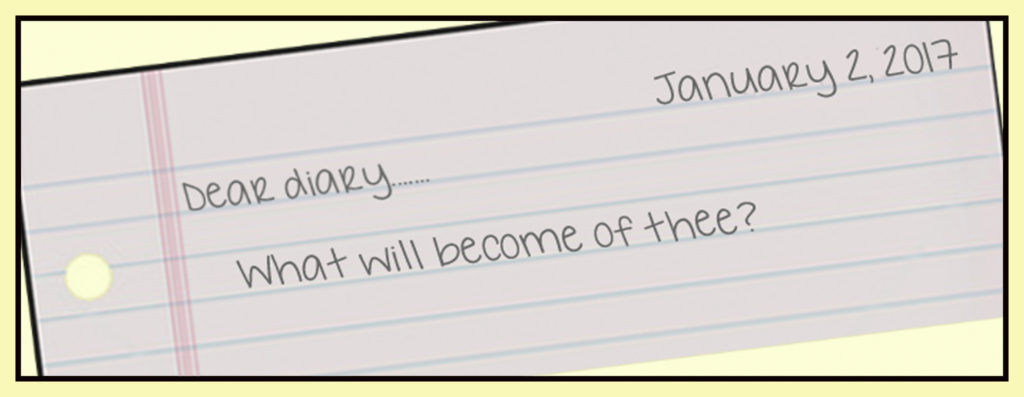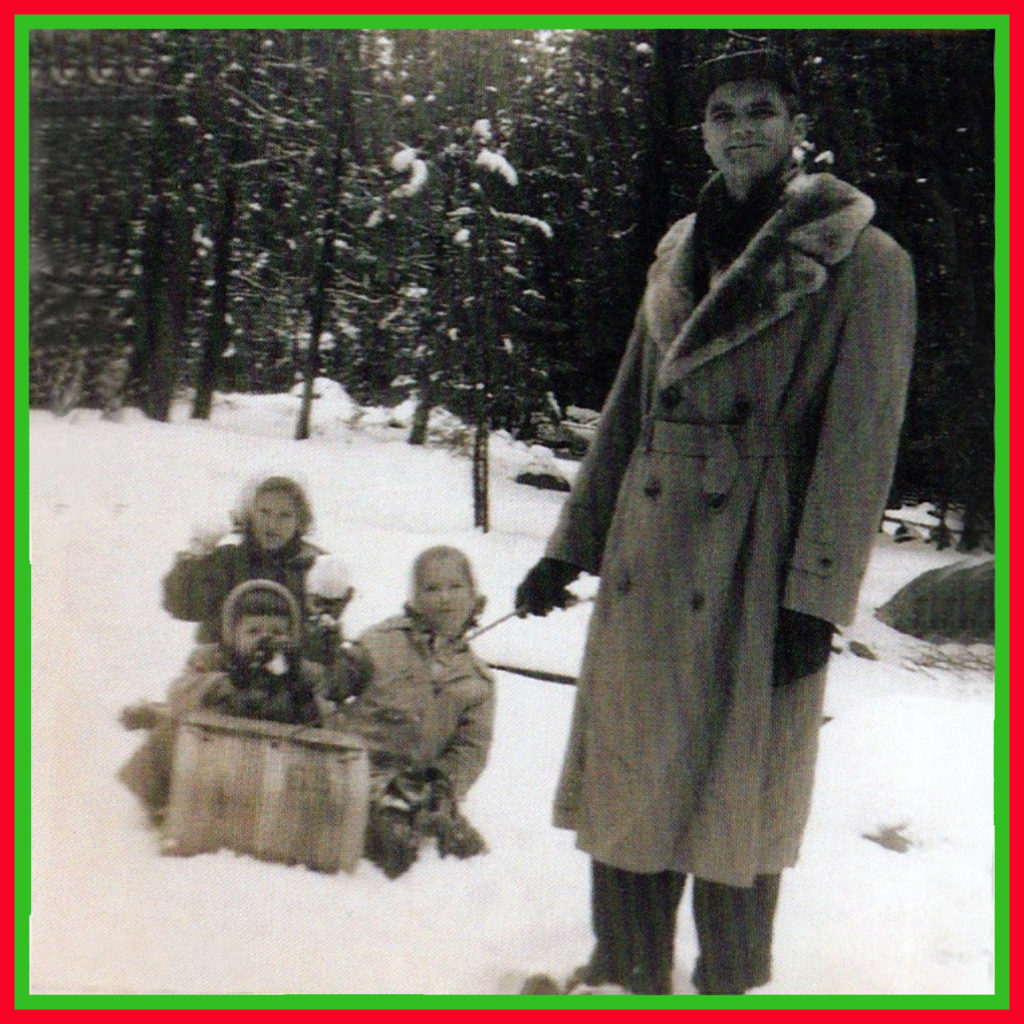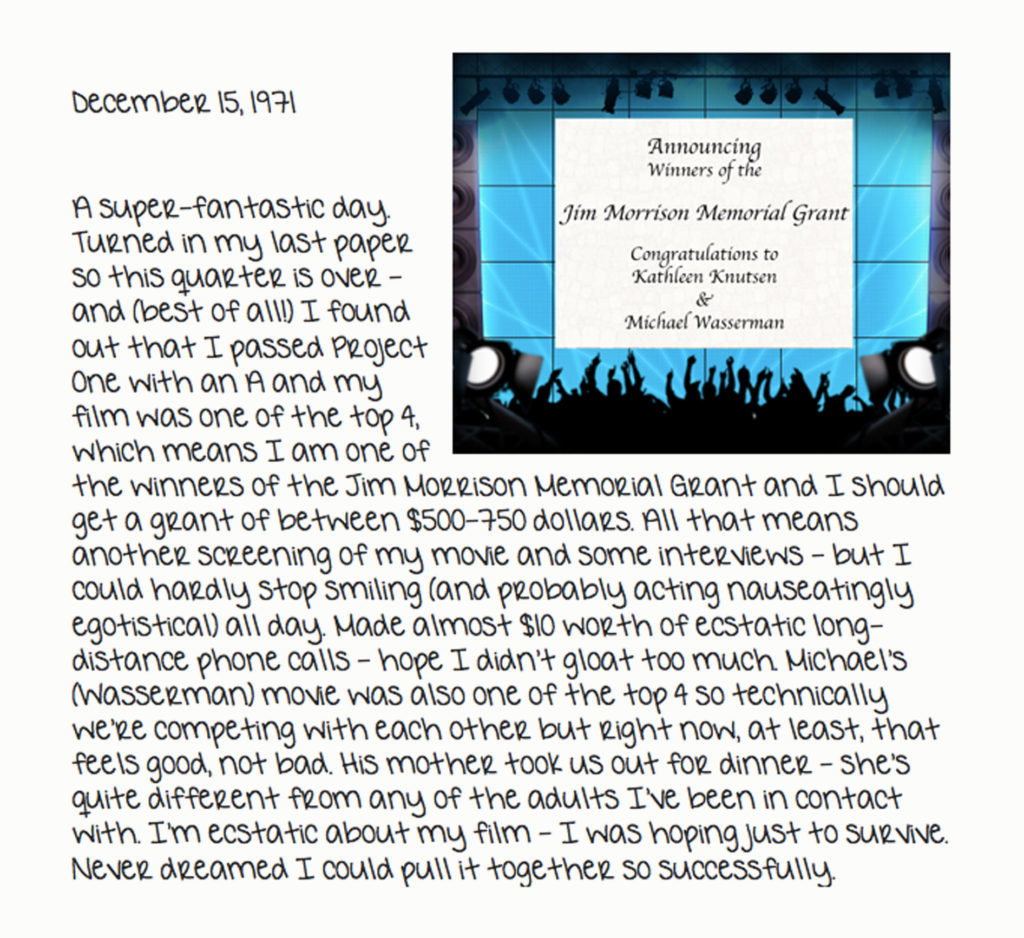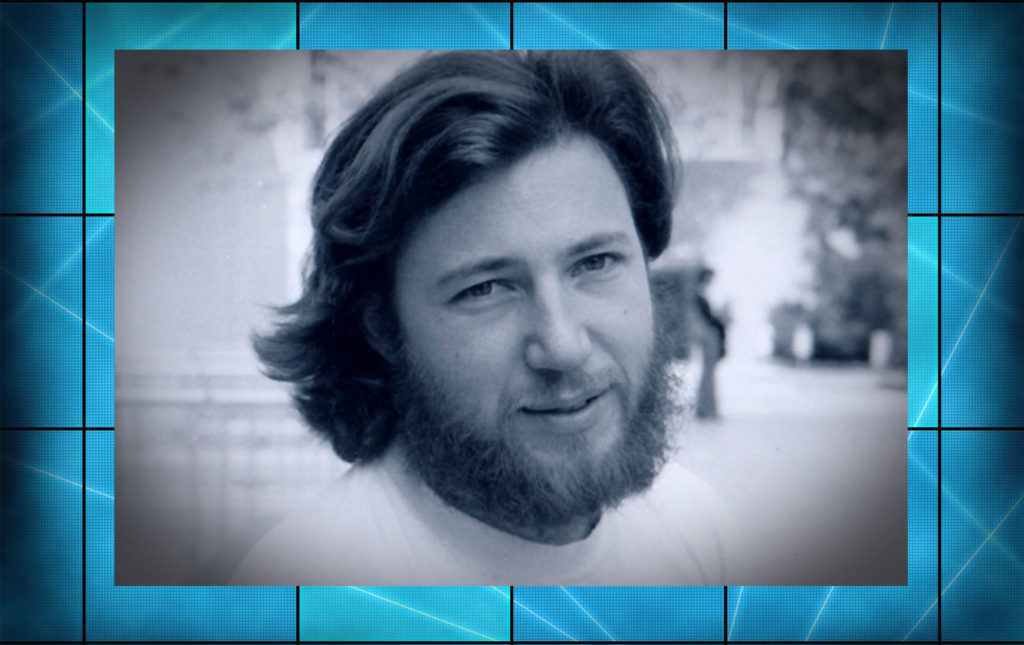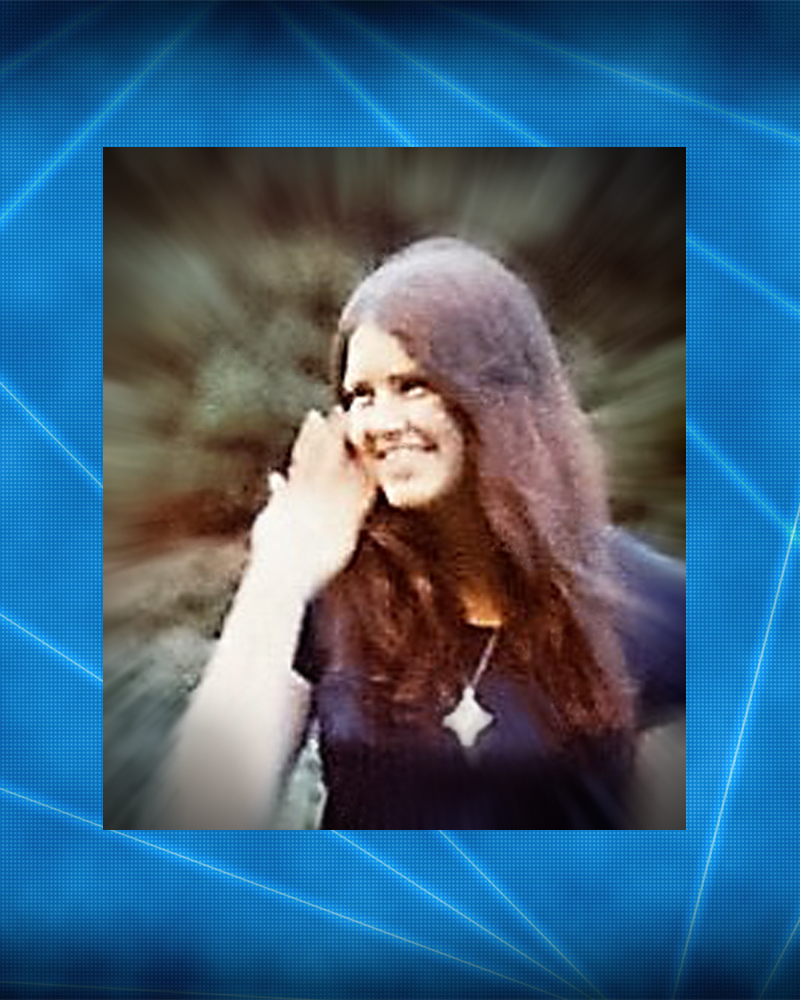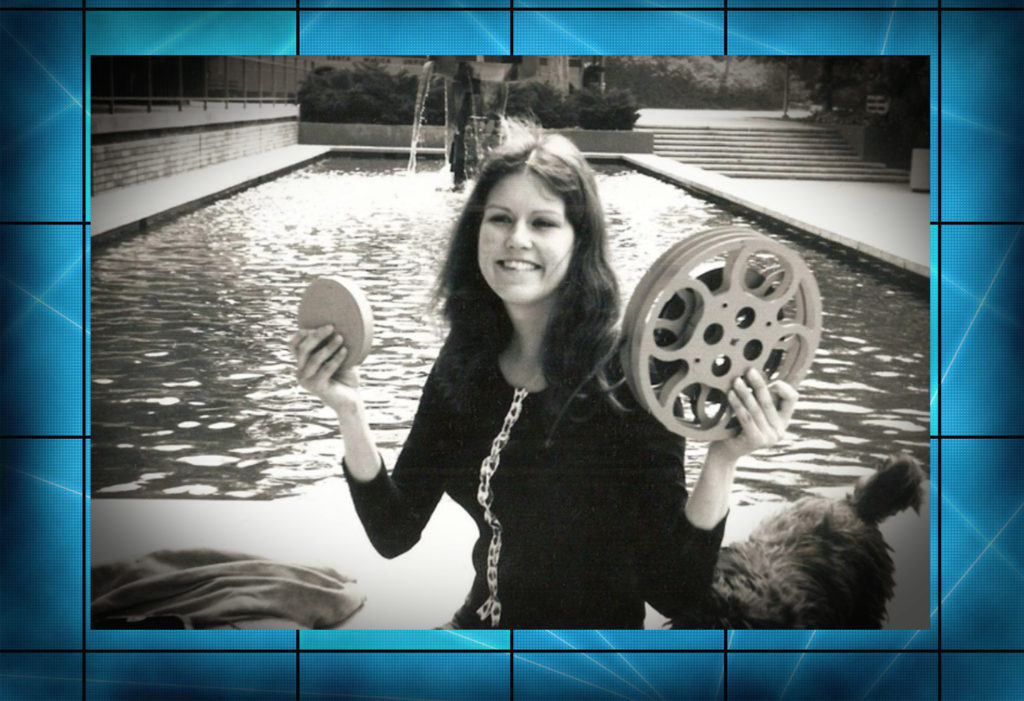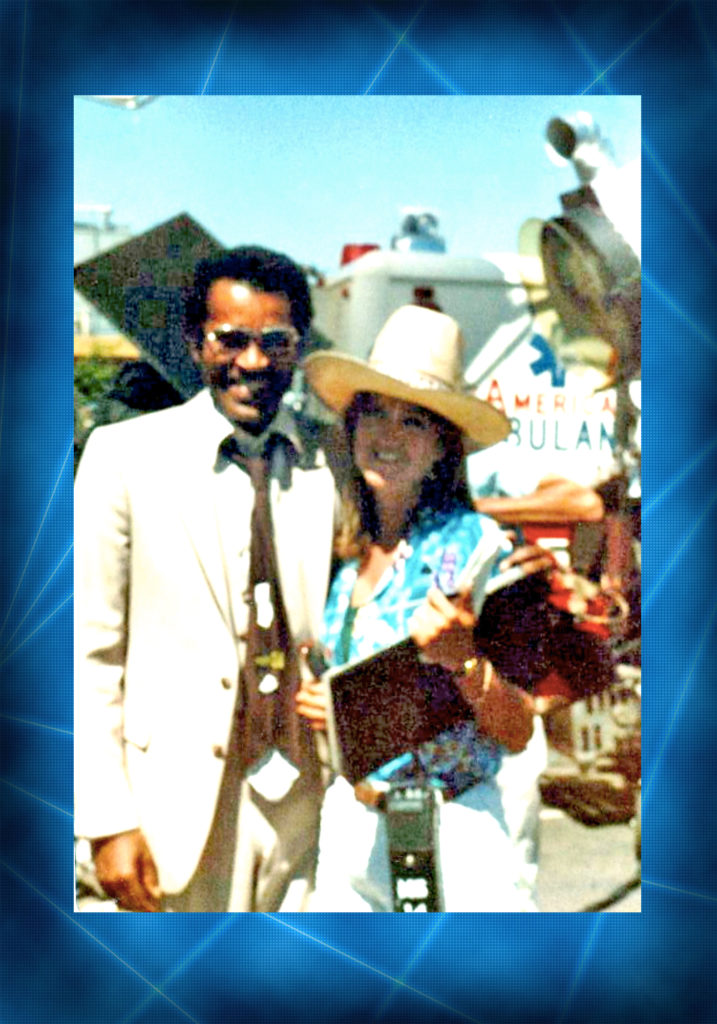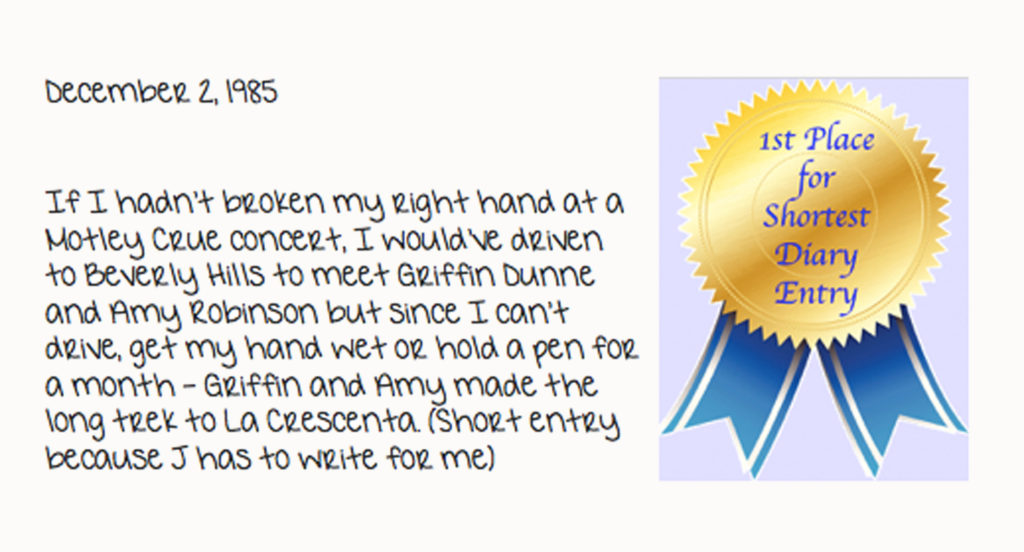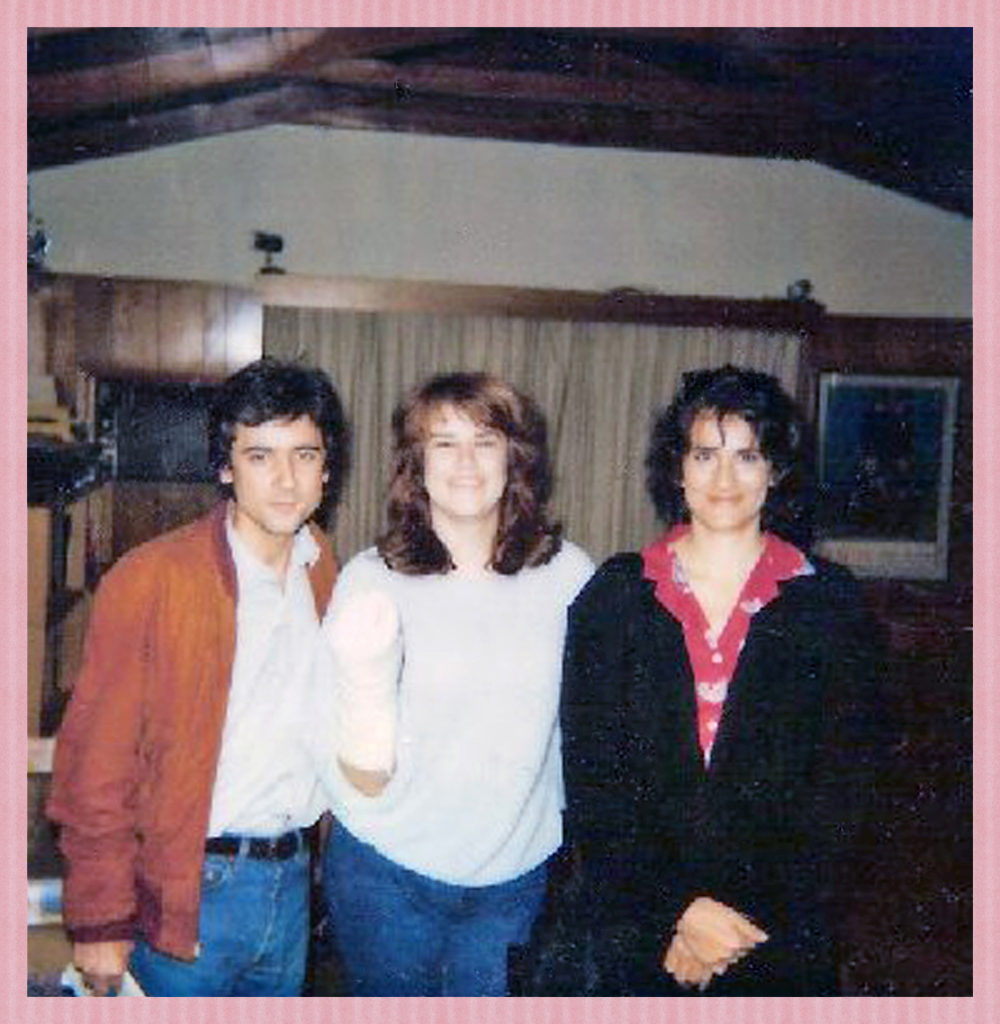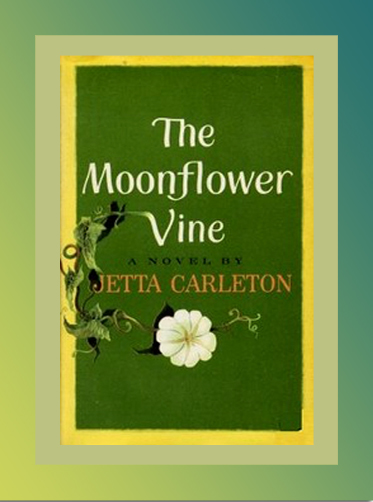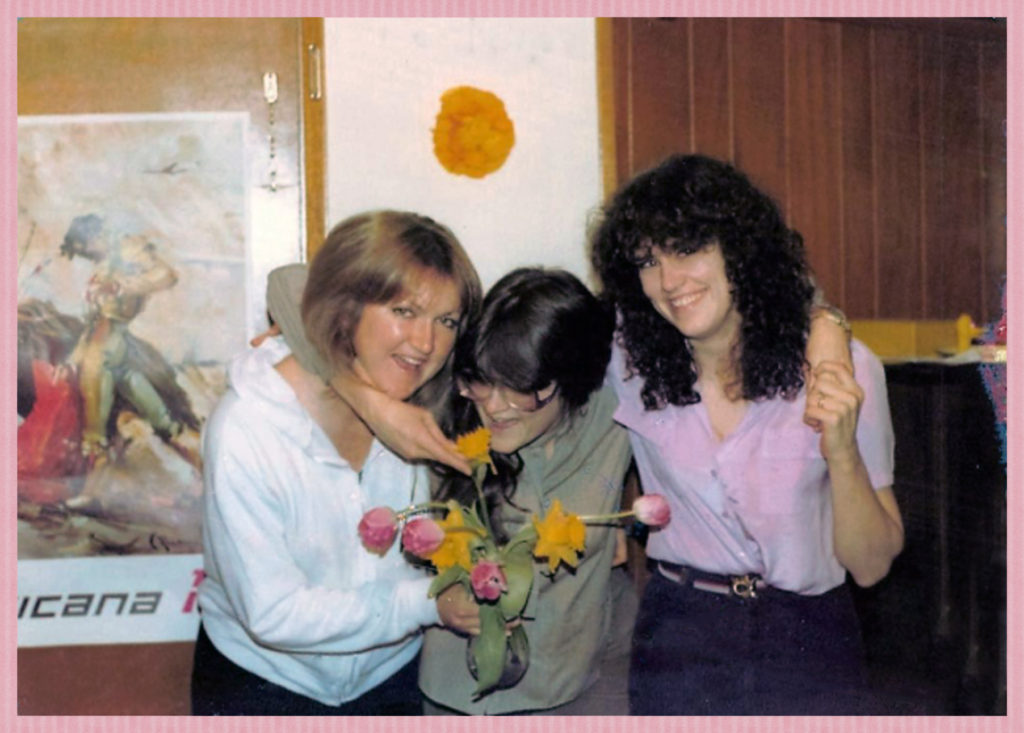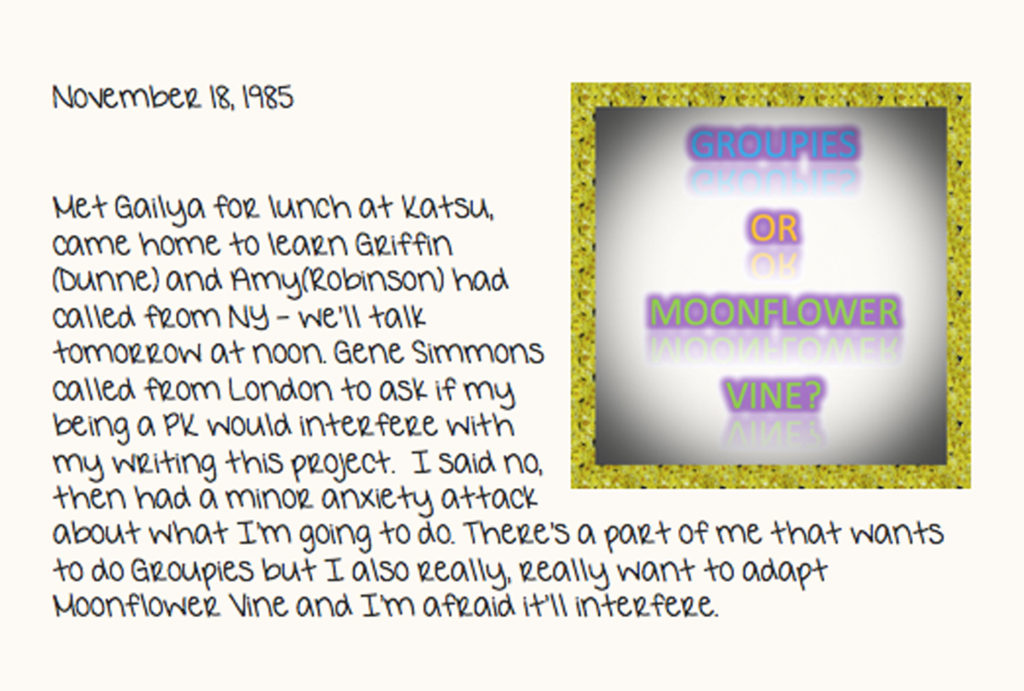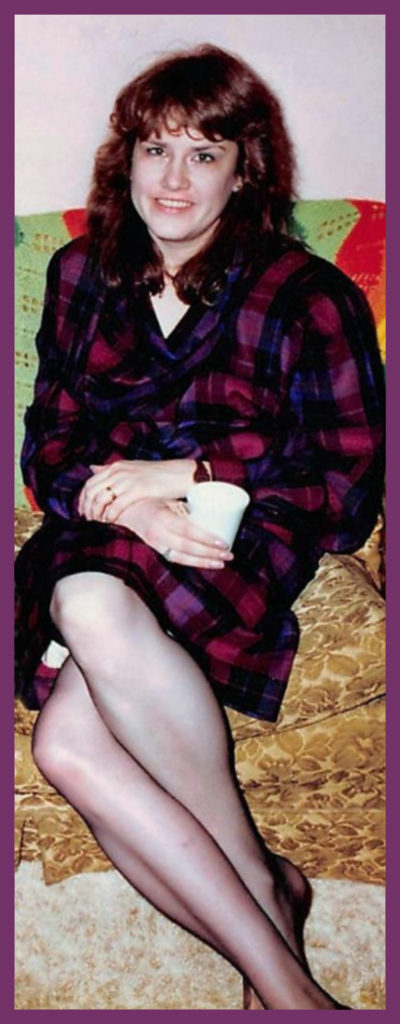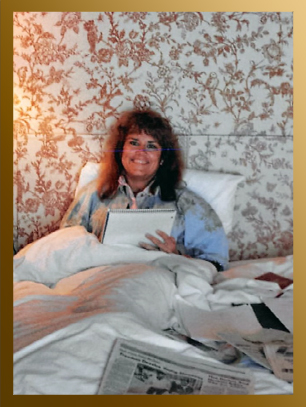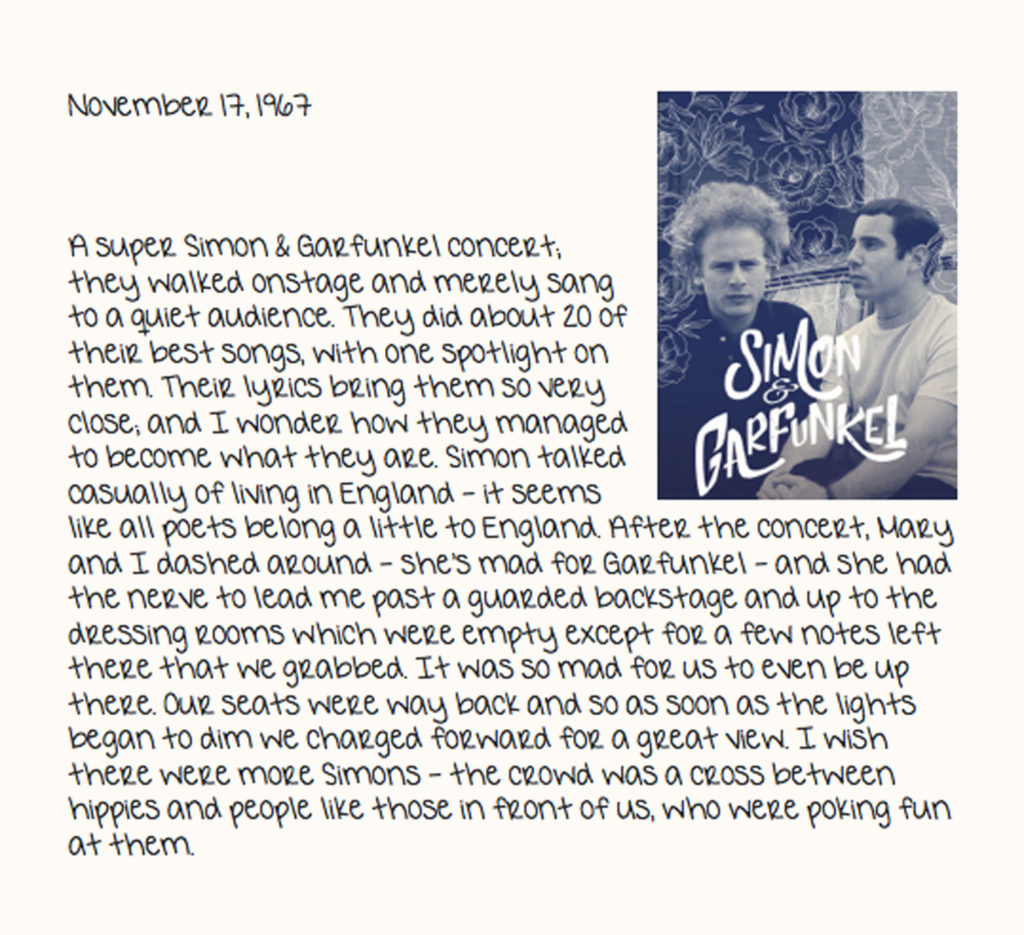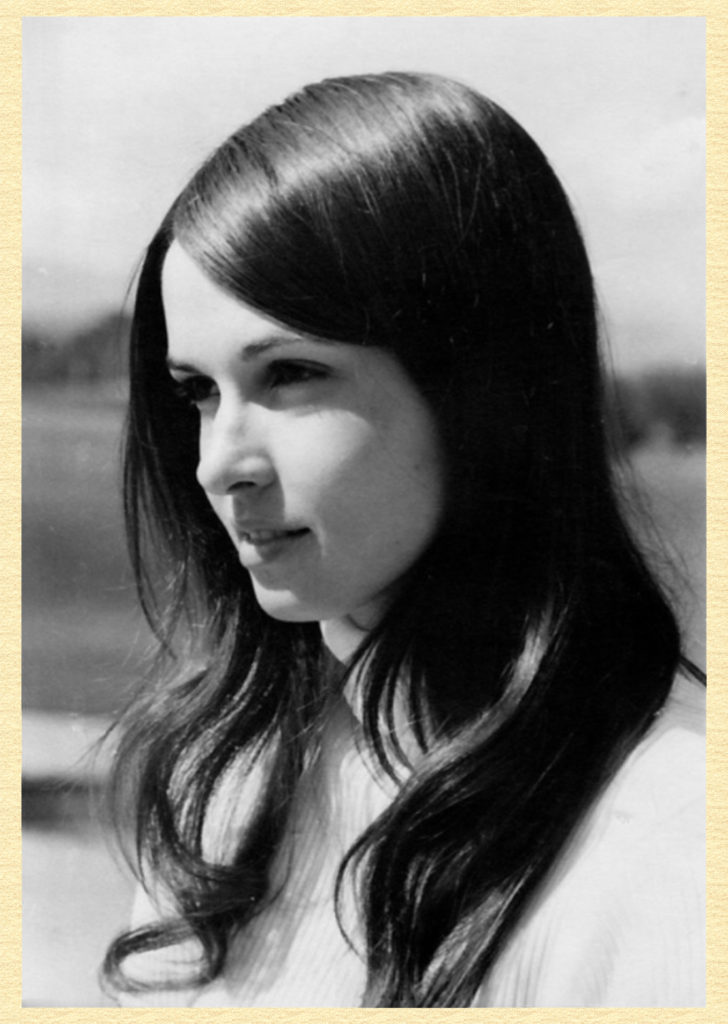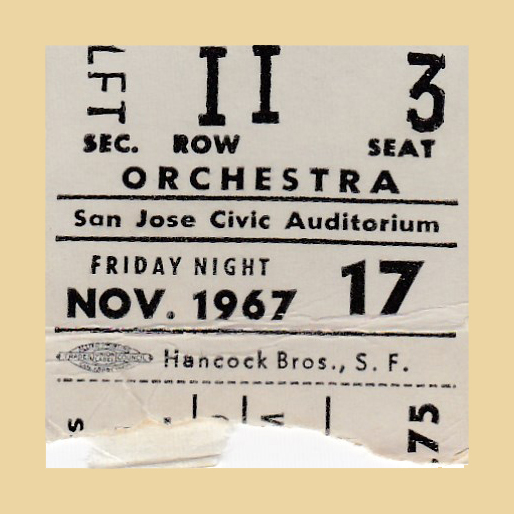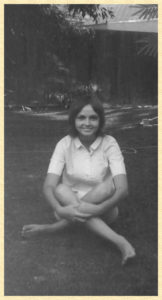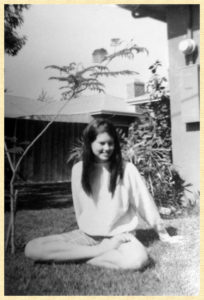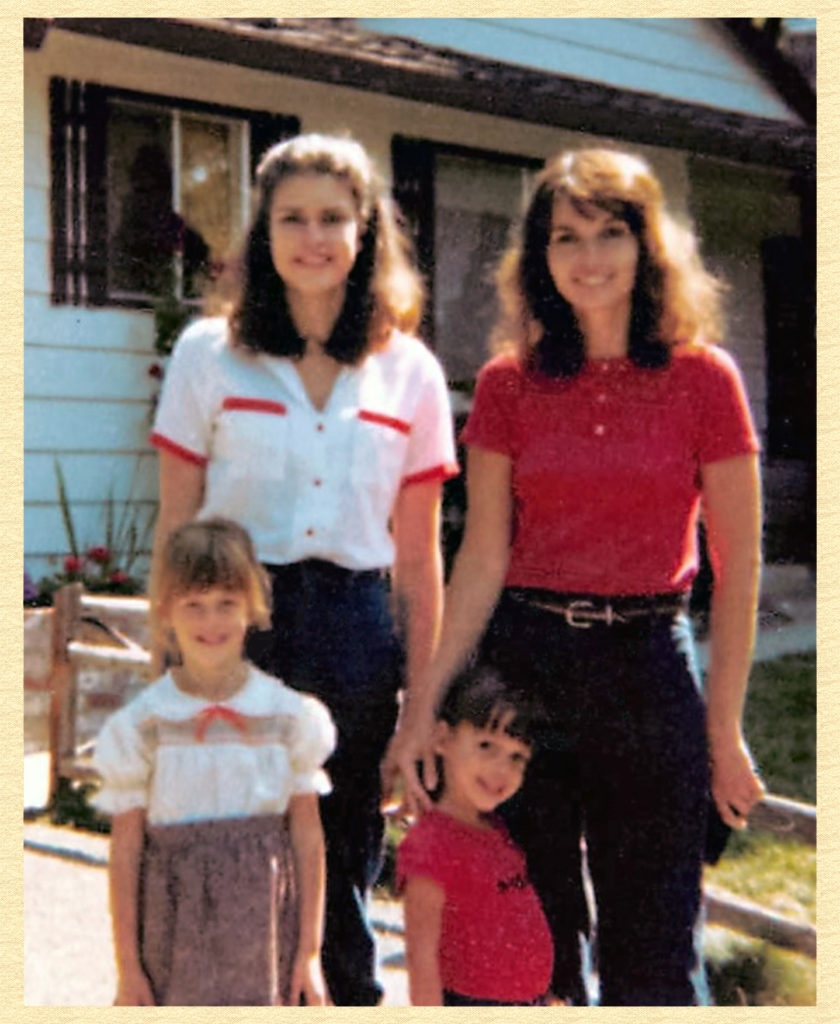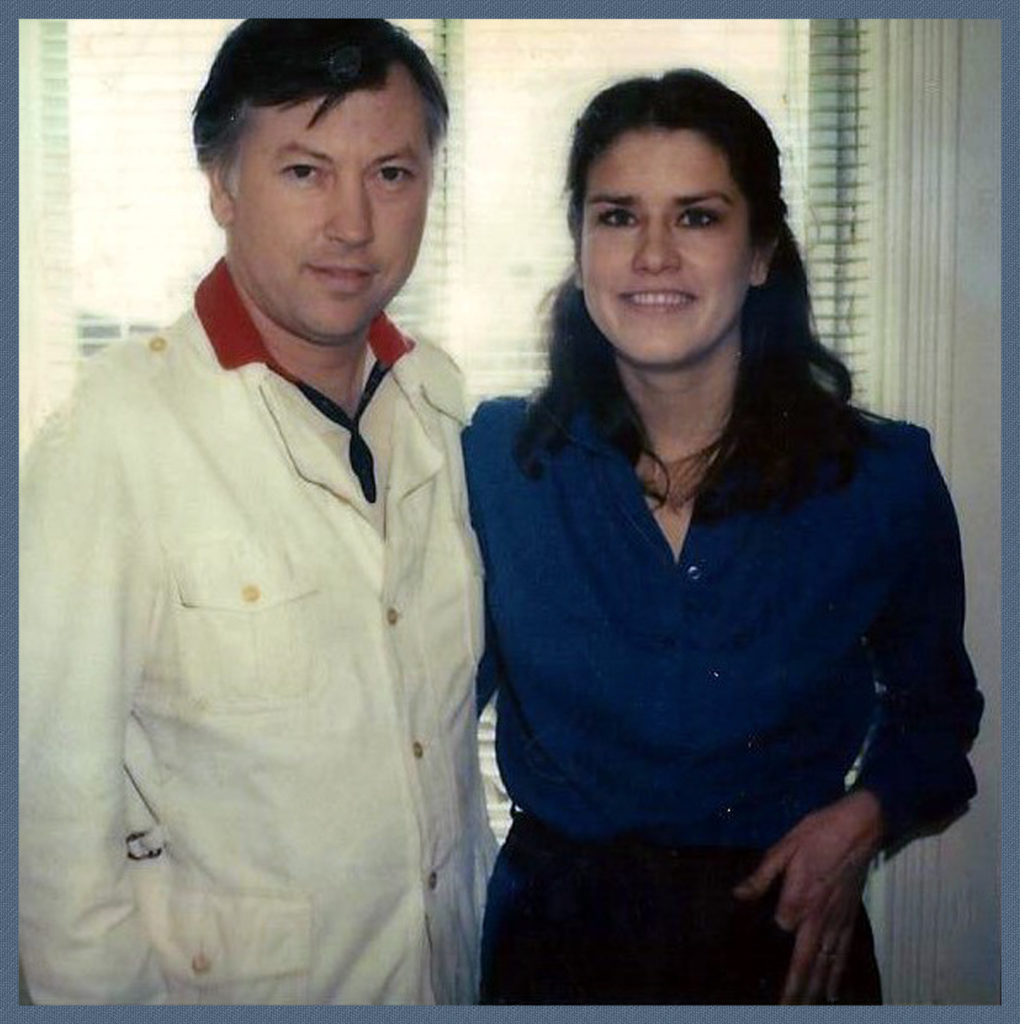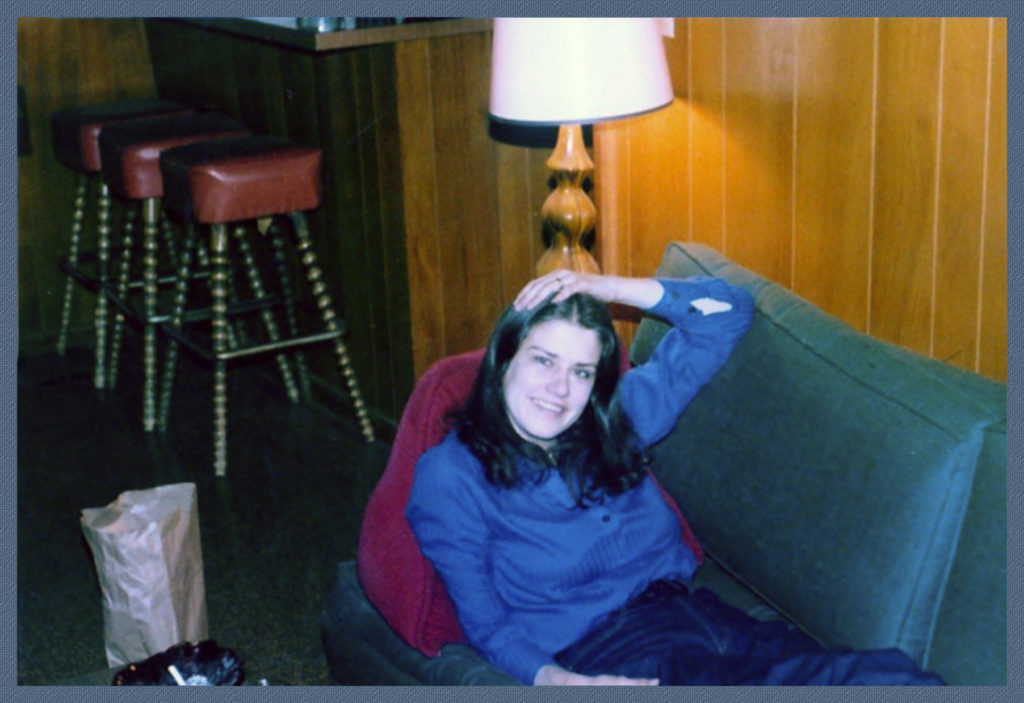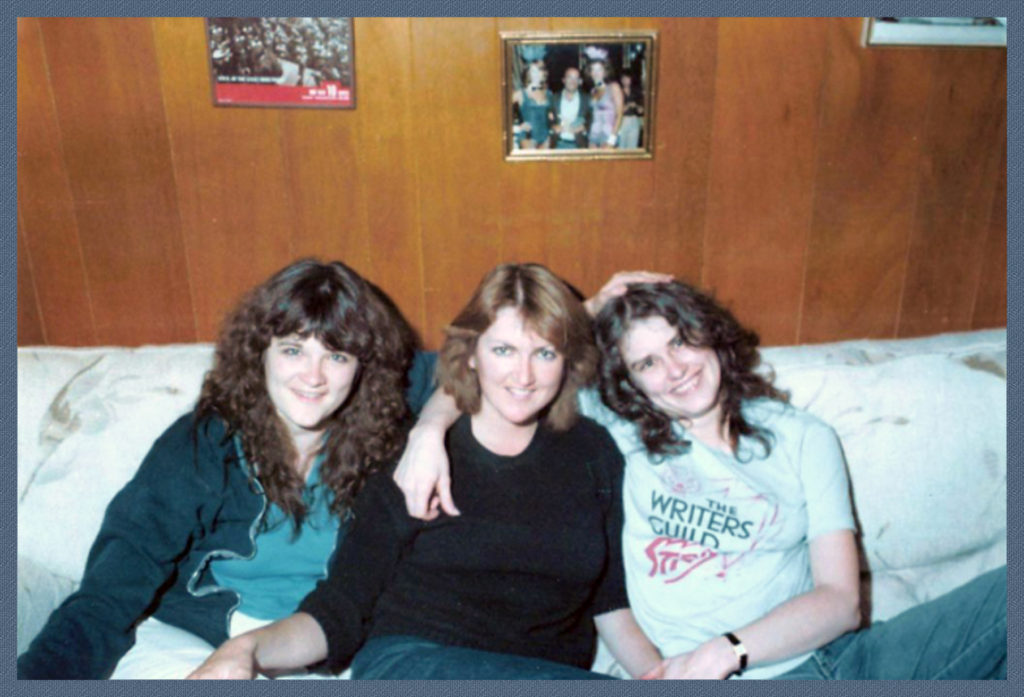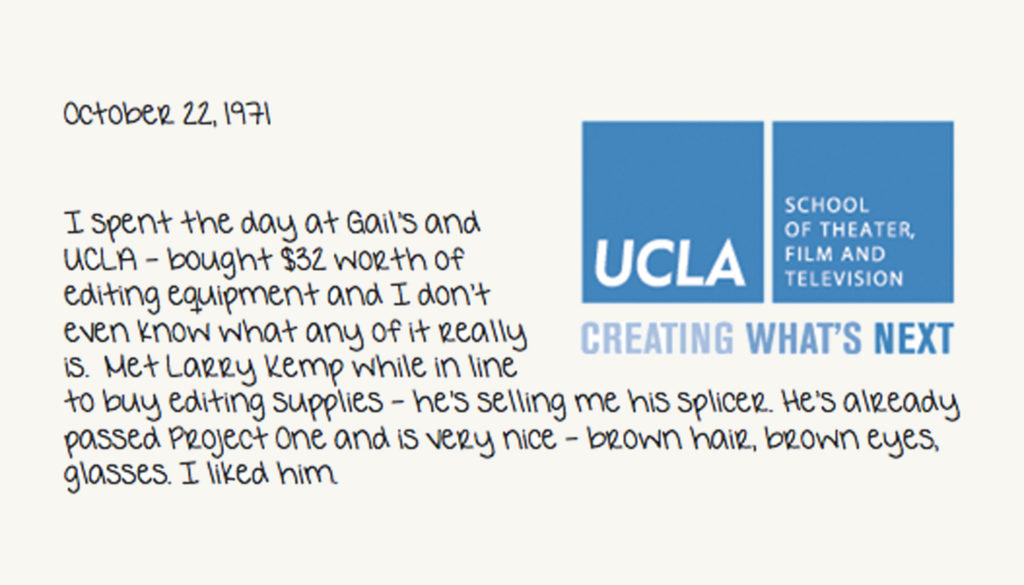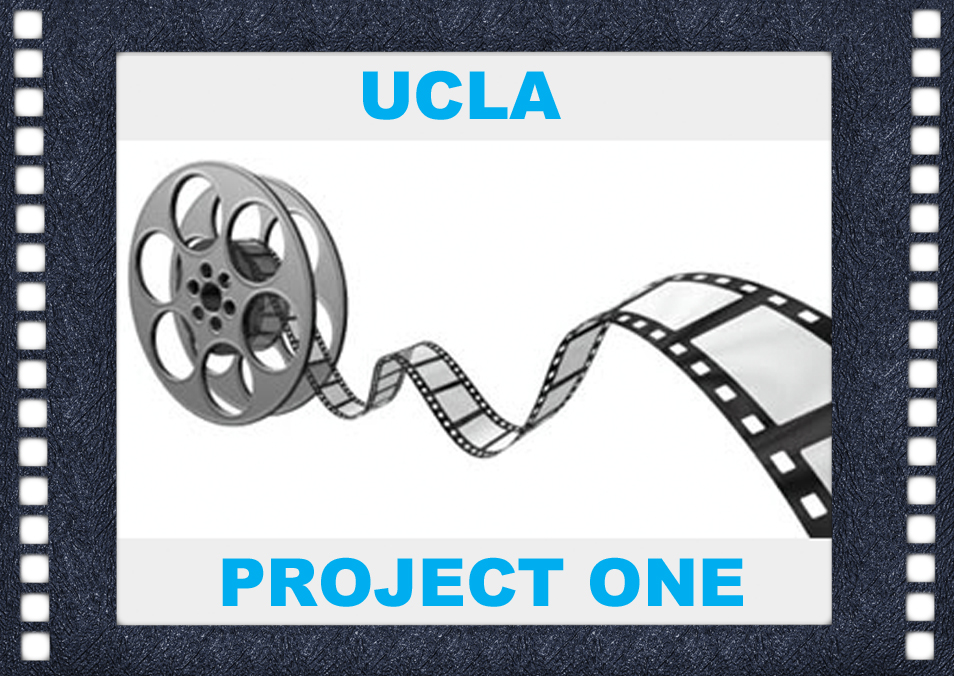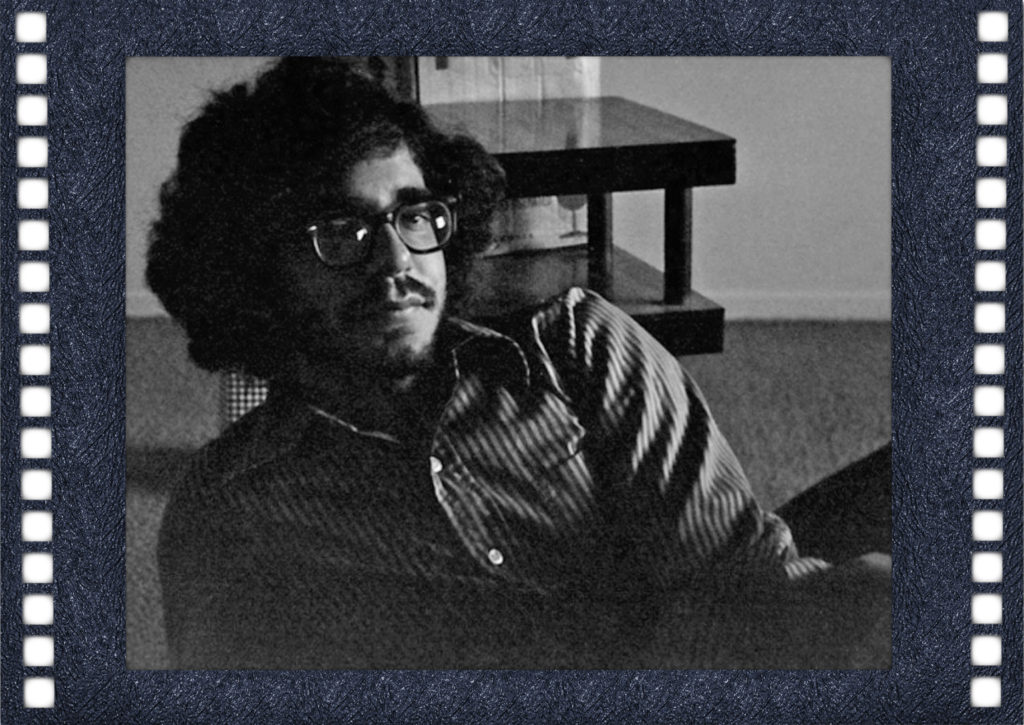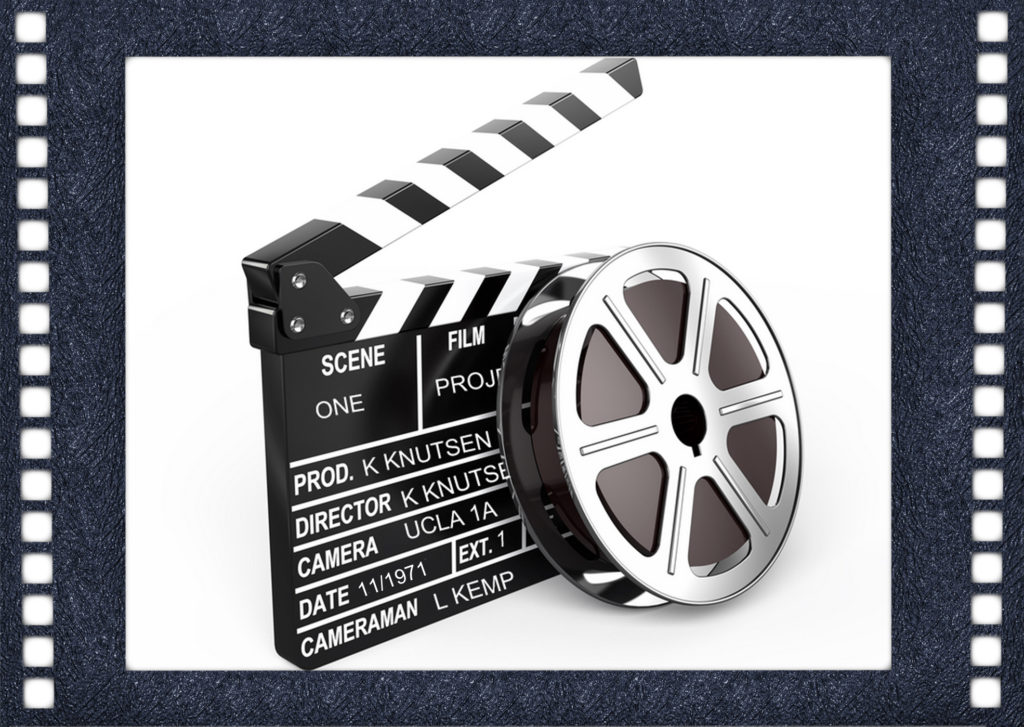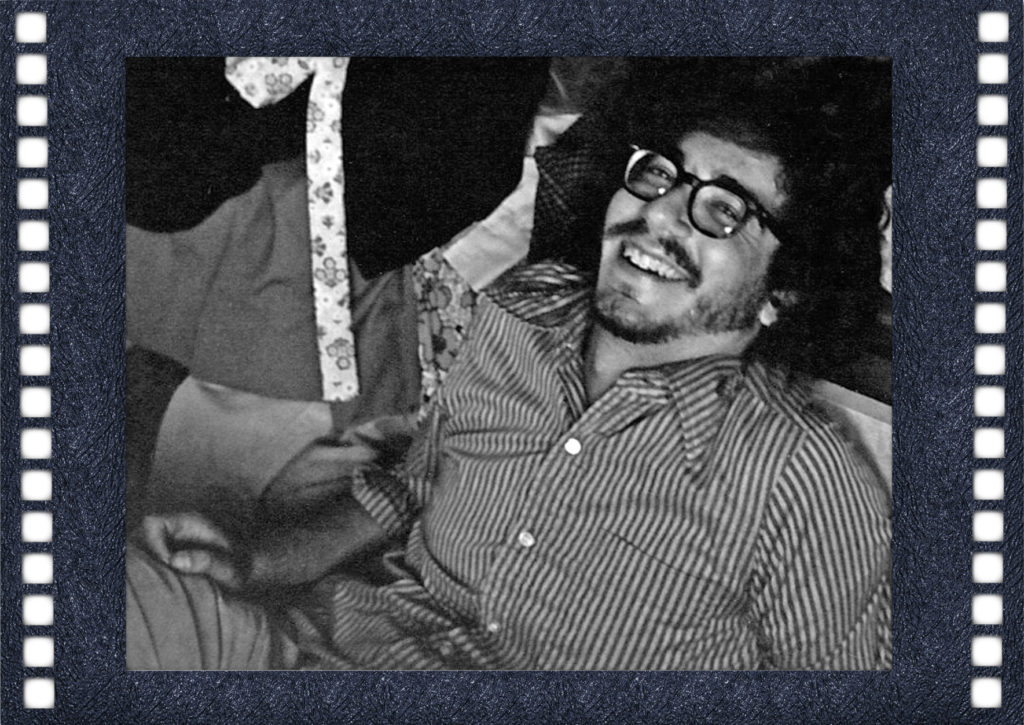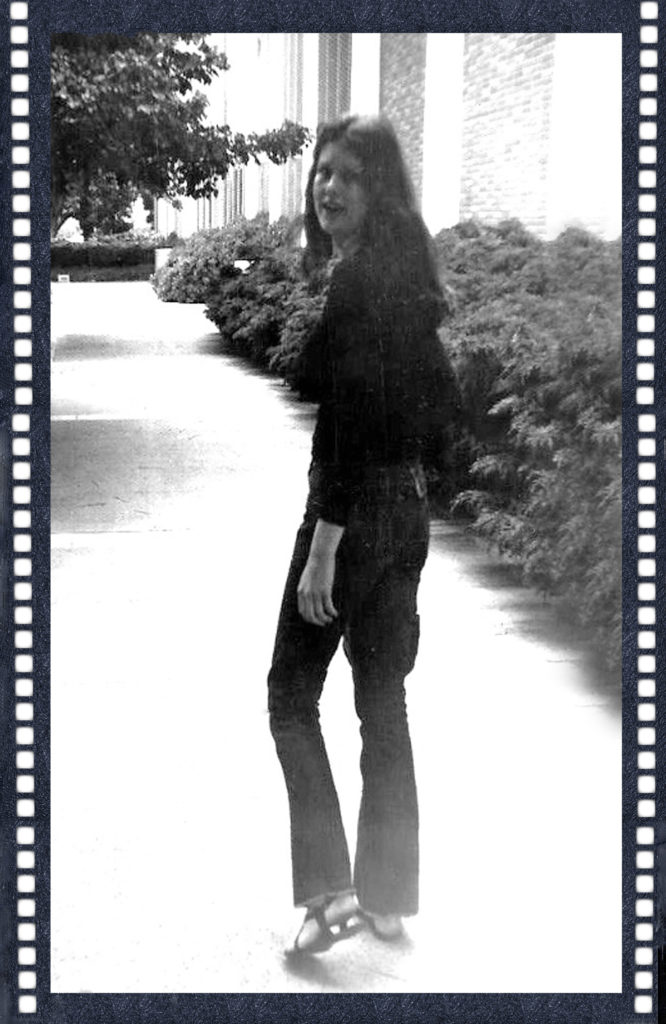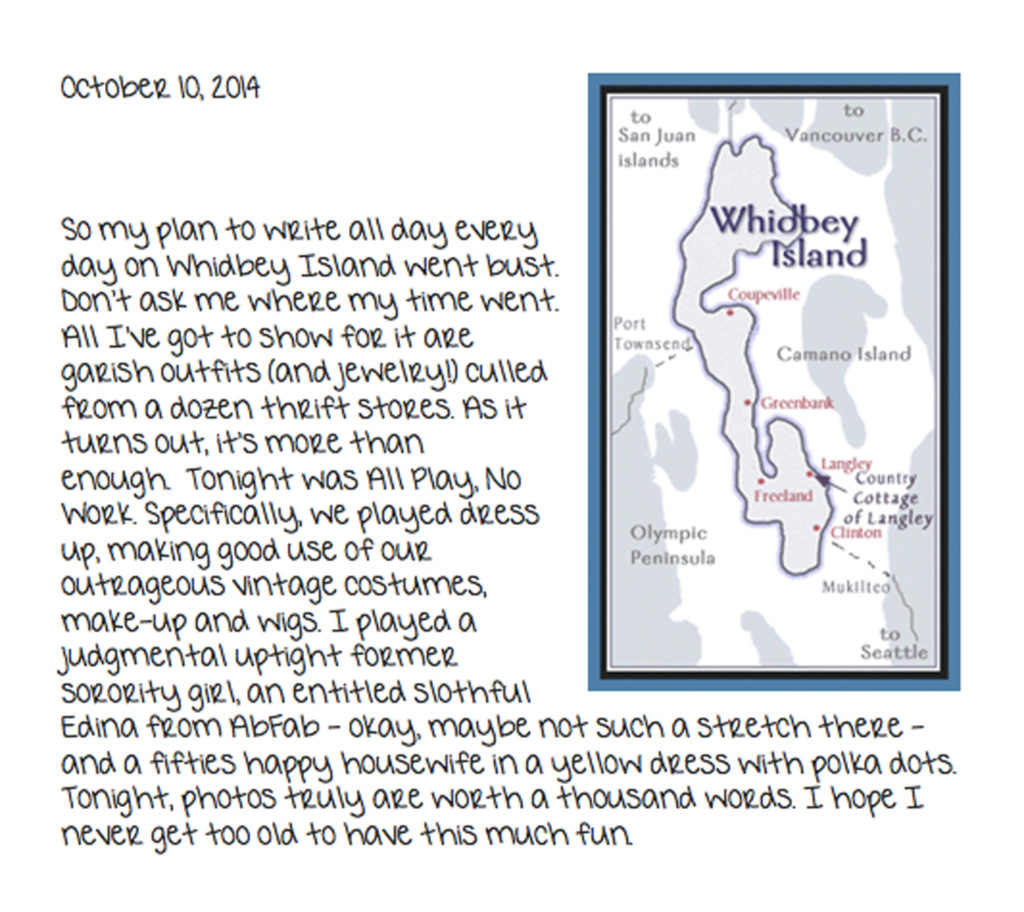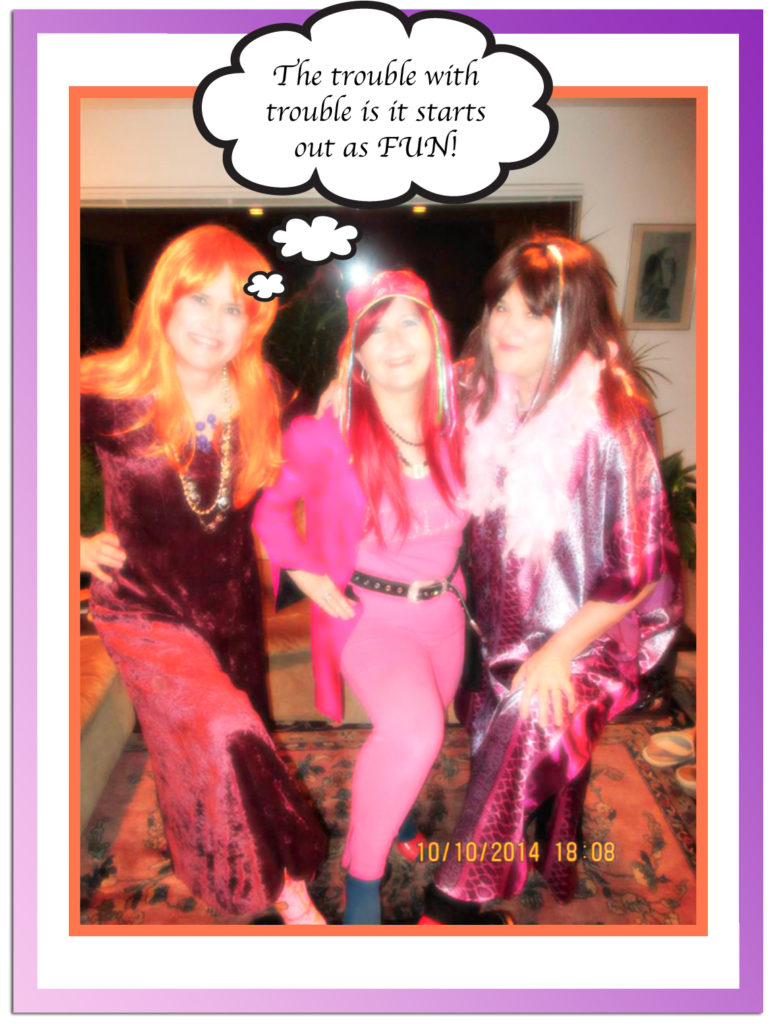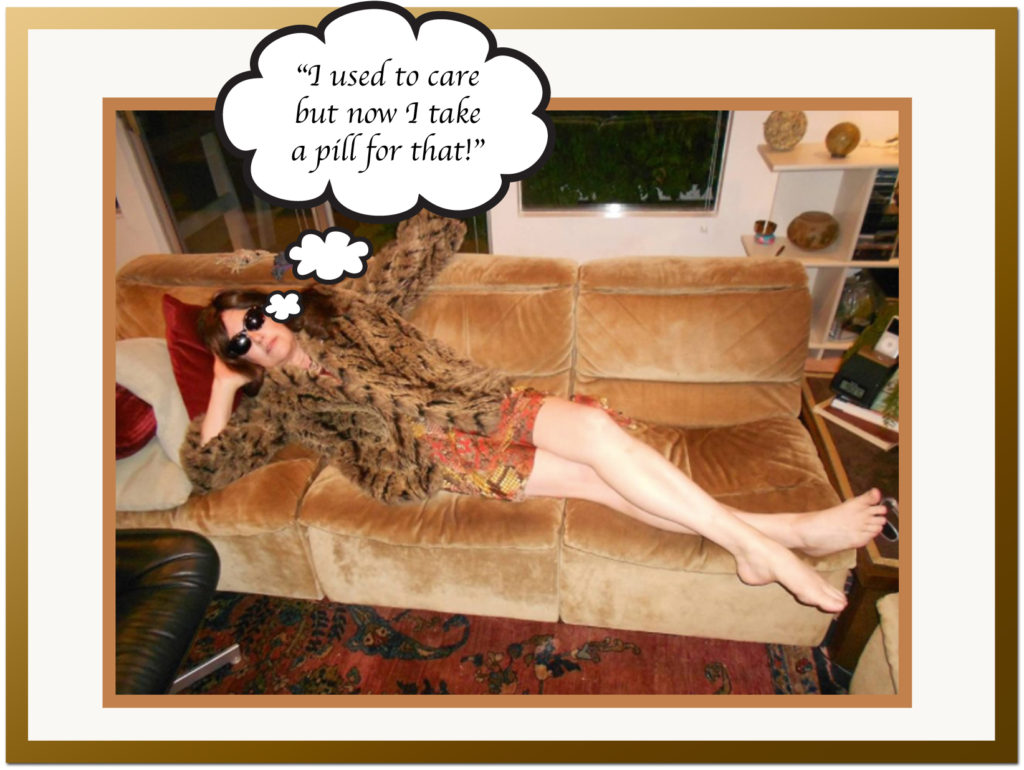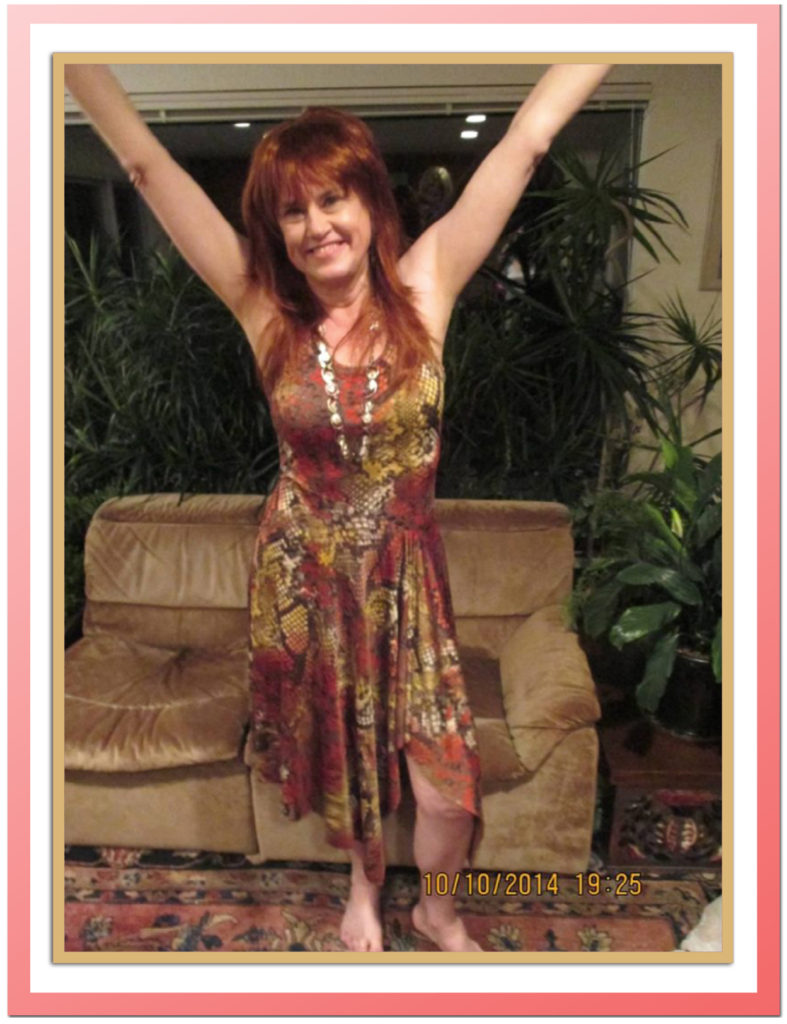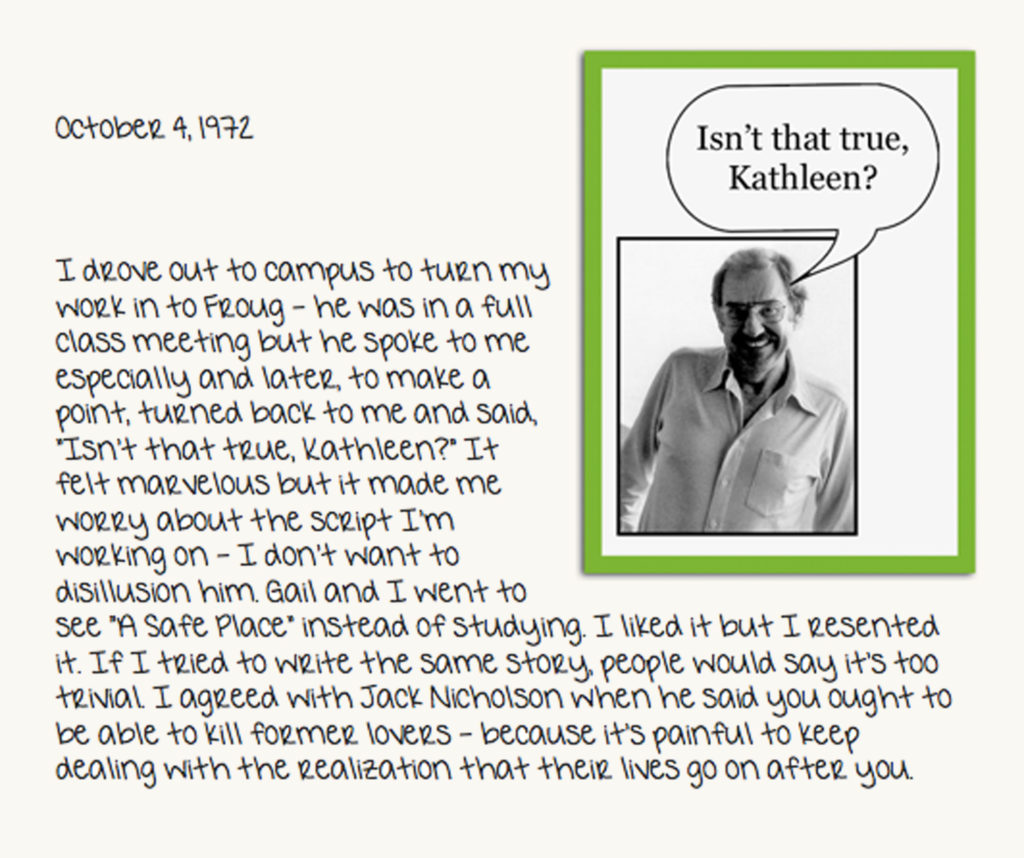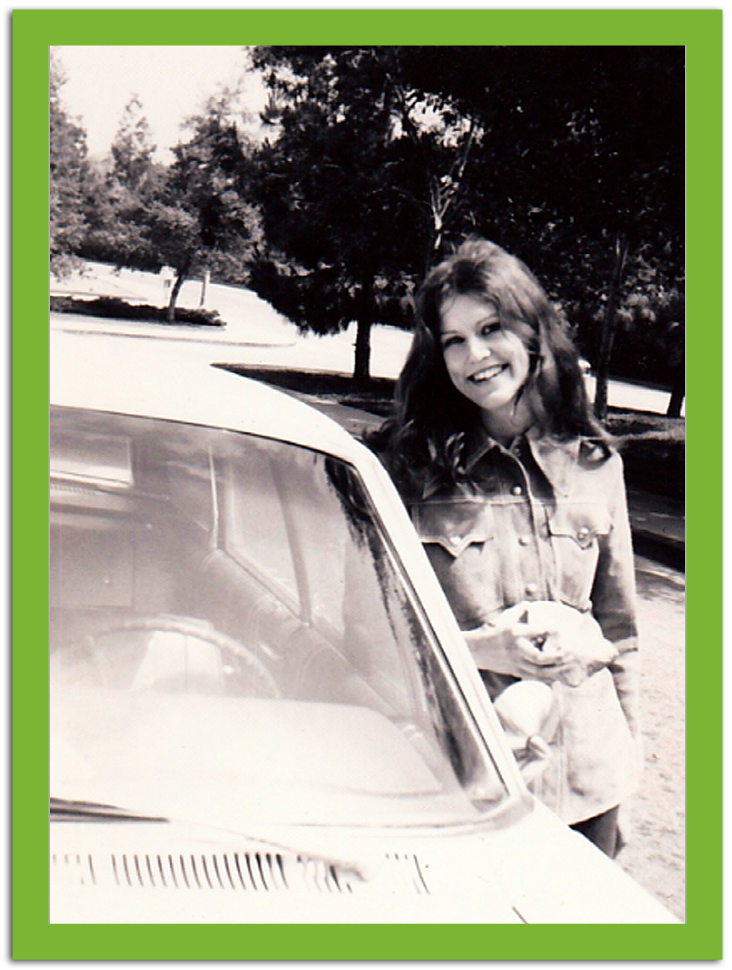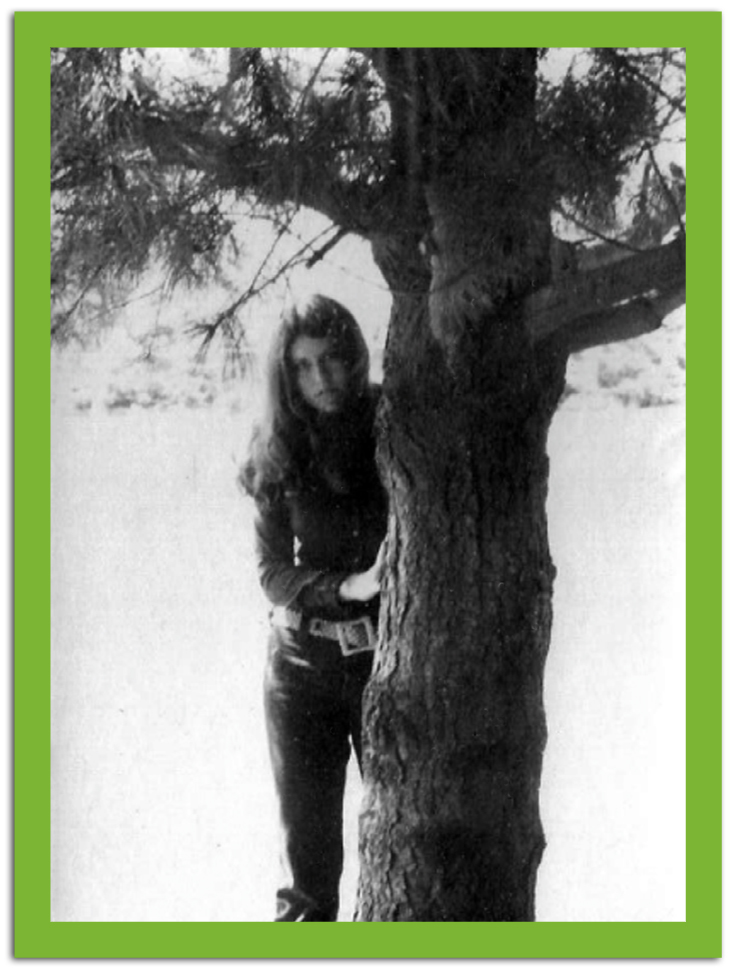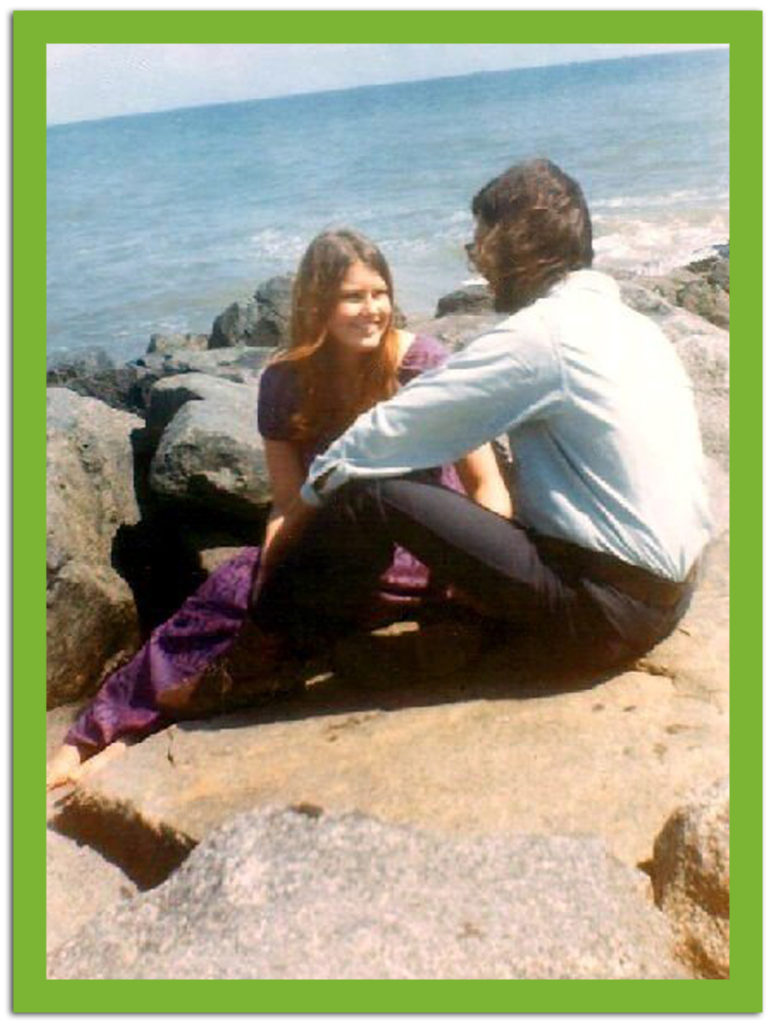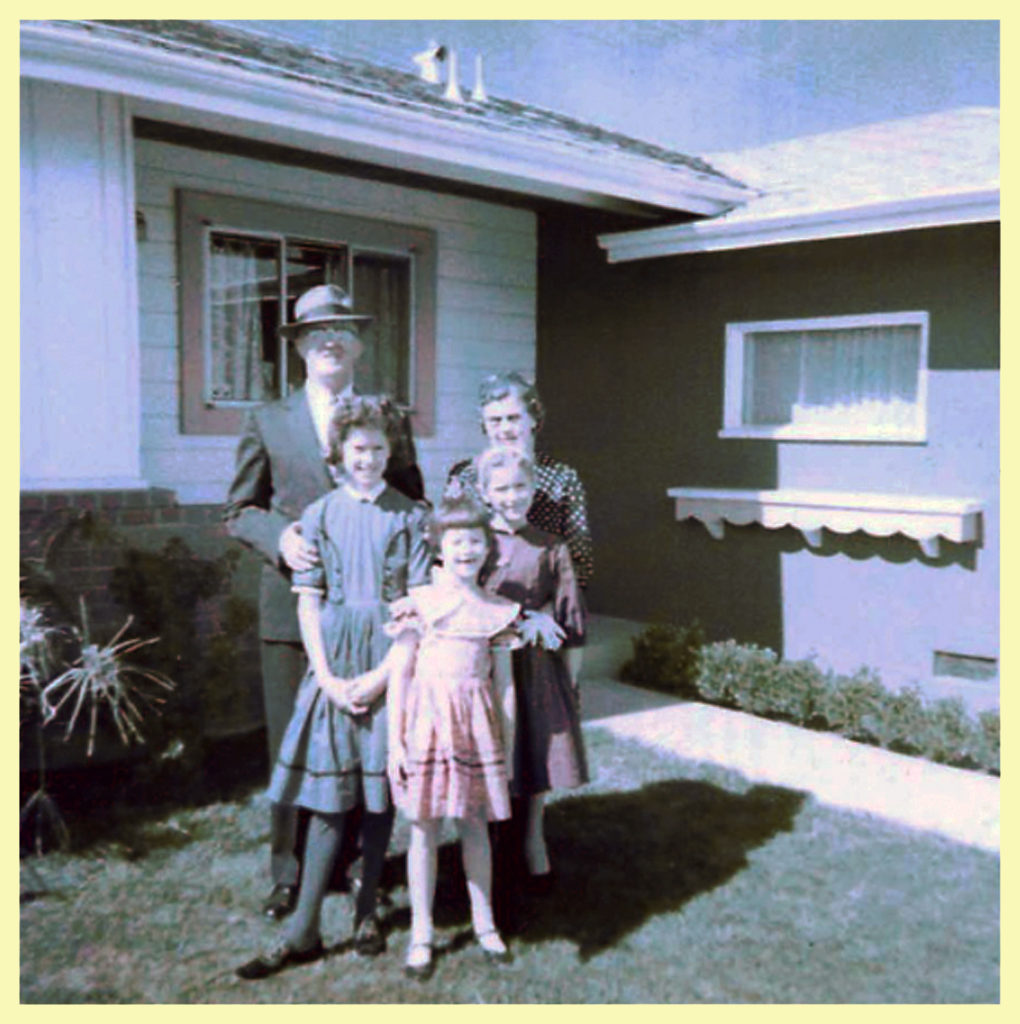
Given the privacy concerns expressed in this entry, it’s ironic I post these entries on the web for anybody to read. I worried about others reading my diaries back then because I used them to vent my rage when I felt abused or insulted. To demonstrate my wrath in these early days, I appended Witch to my tormenter’s name – as in Jani-Witch, Joyce-Witch, etc. It was the worst I could think of to say.
Sometimes I wondered what would happen to my diaries if I died. I didn’t want anyone to read them but I didn’t want them destroyed either. Why bother to write all these careful entries if they’re all going to end up in the fireplace? On the other hand, some of my thoughts and feelings would be hurtful if read by the wrong person – and just about everybody I know became the wrong person at least once.
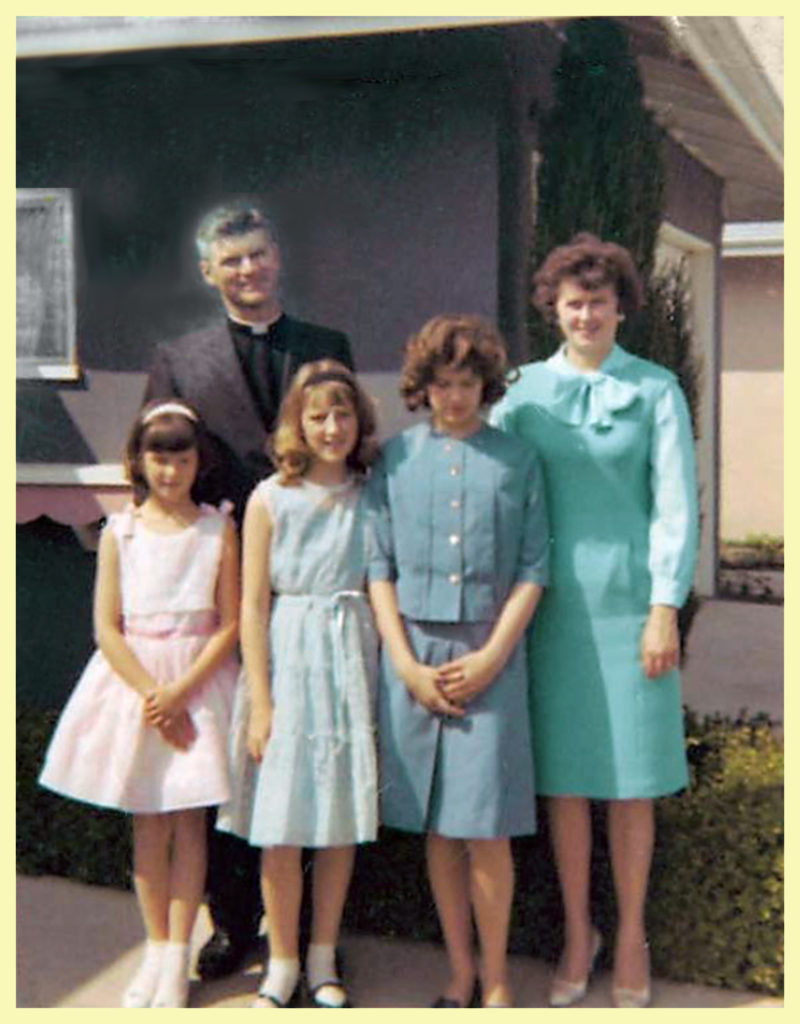
Occasionally, I willed my diaries to somebody I felt particularly close to. At the time, I regarded willing my diaries as a privilege to be bestowed upon some lucky person. In reality, nobody was begging me to bequeath multiple volumes to them.
After approximately 20 years, I switched from diaries to blank books. The photo below shows most but not all of them. Not only are they nearly impossible to read due to poor penmanship and weird abbreviations, they consume formidable storage space.
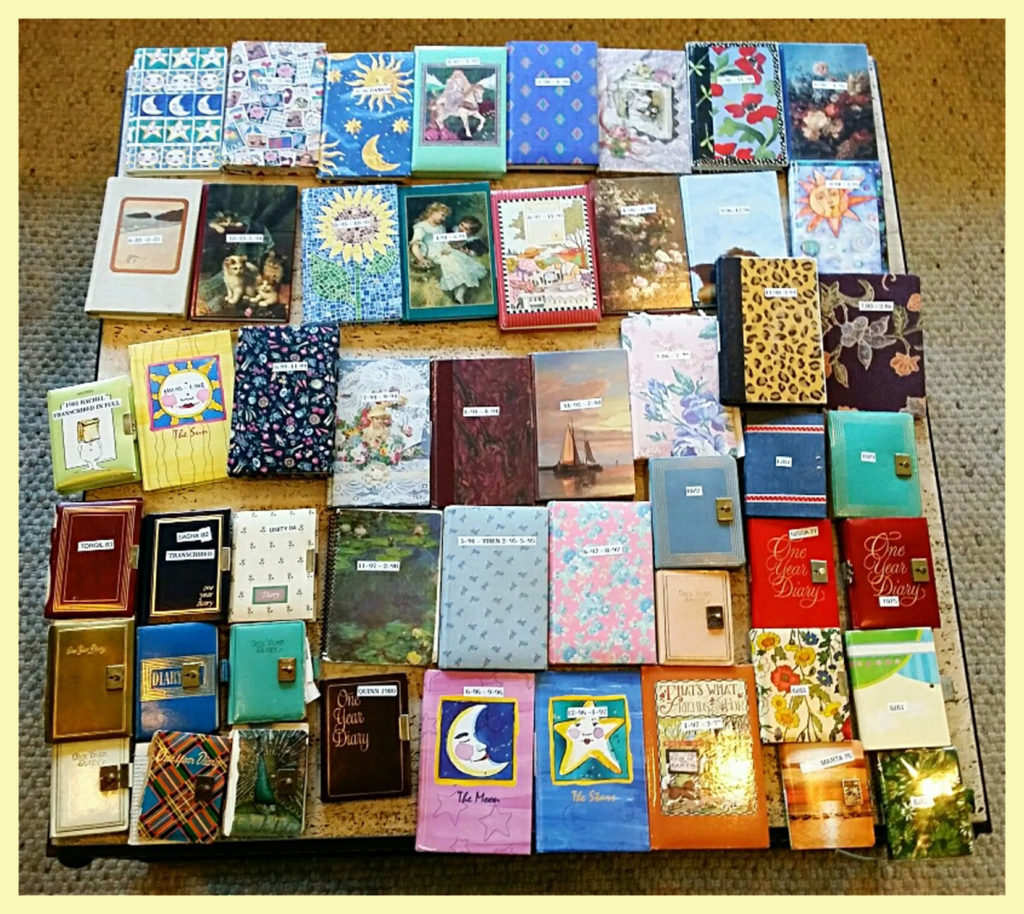
So, what do I do with them on my deathbed? I still don’t know. It bothers me to picture them burning but I don’t know anyone gung ho enough to archive them – and I’m not sure it’s wise to take that risk anyway, since there’s something there to hurt almost everybody I care about. That’s not how I want to be remembered – but at the same time, I do want to be remembered – otherwise, why write these books at all?
After all this time, you’d think I’d have some answers but I don’t.
